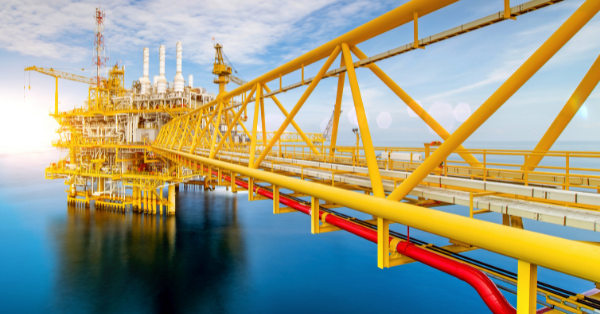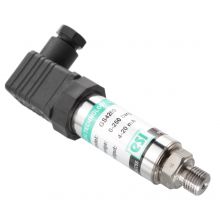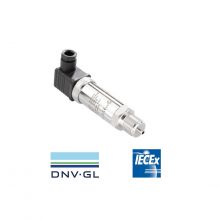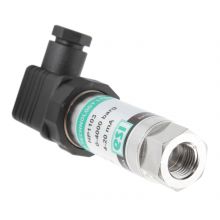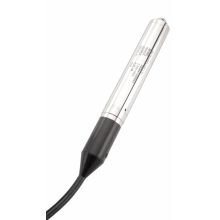DNV Approved Pressure Transmitters For Marine Applications
Marine or shipping applications present a unique set of challenges for instruments such as pressure transmitters.
Seawater and the surrounding air are considered one of the most corrosive media to take reliable measurements in.
The failure of sensors, such as pressure transmitters and switches in a marine environment can be dangerous for equipment, the environment, and human lives.
A DNV-GL approval is required for pressure transmitters and other similar instruments used on ships and offshore structures.
Very few pressure transducer manufacturers offer devices that meet the required standards, which are required for testing and certification in accordance with the DNV-GL approval classes for temperature, humidity, vibration, EMC, and enclosure.
This ensures that the design of the pressure transmitter and the materials used in the manufacture of the device, meet the minimum safety and operational standards for a marine environment.
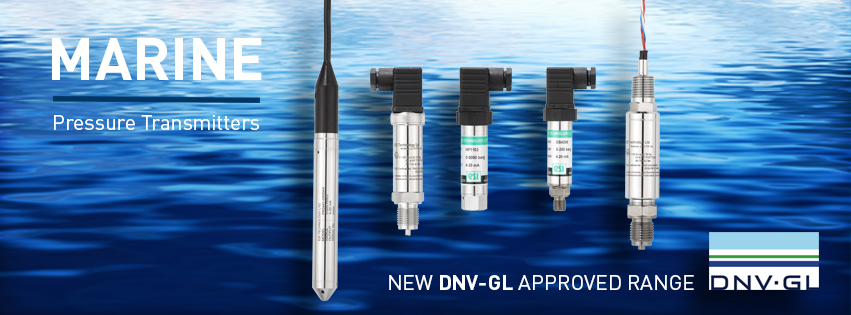
ESI Technology specialise in the design and manufacture of pressure transmitters for use in marine and shipping applications.
ESI has over 30 years experience supplying the marine industry. Stemming from a history of providing UAV components used for mine detection, as well as naval applications, ESI now offers a multitude of solutions suitable for the Australian market.
Key Features:
- 100 mbar - 5,000 bar pressure measurement
- Silicon-on-Sapphire sensing technology
- High shock, vibration and corrosion resistance
- DNV-GL, ATEX, & IECEx approvals
- Titanium or stainless steel options
- Good material compatibility within the marine environment
- Submersible, level and depth options
Pressure Transmitters for Marine Applications in Australia
Let’s look at four DNV-GL approved marine pressure transmitters available from ADM in Australia.
ESI GS4200 Pressure Transmitter for General Marine Applications
Two key features ensure that this pressure transmitter meets the requirements for use in marine environments and seawater applications:
-
The sensor body & wetted parts are constructed from high grade Titanium
-
ESI’s unique Silicon-on Saphire sensor technology is very corrosion resistant, and there are no internal seals or compatibility concerns.
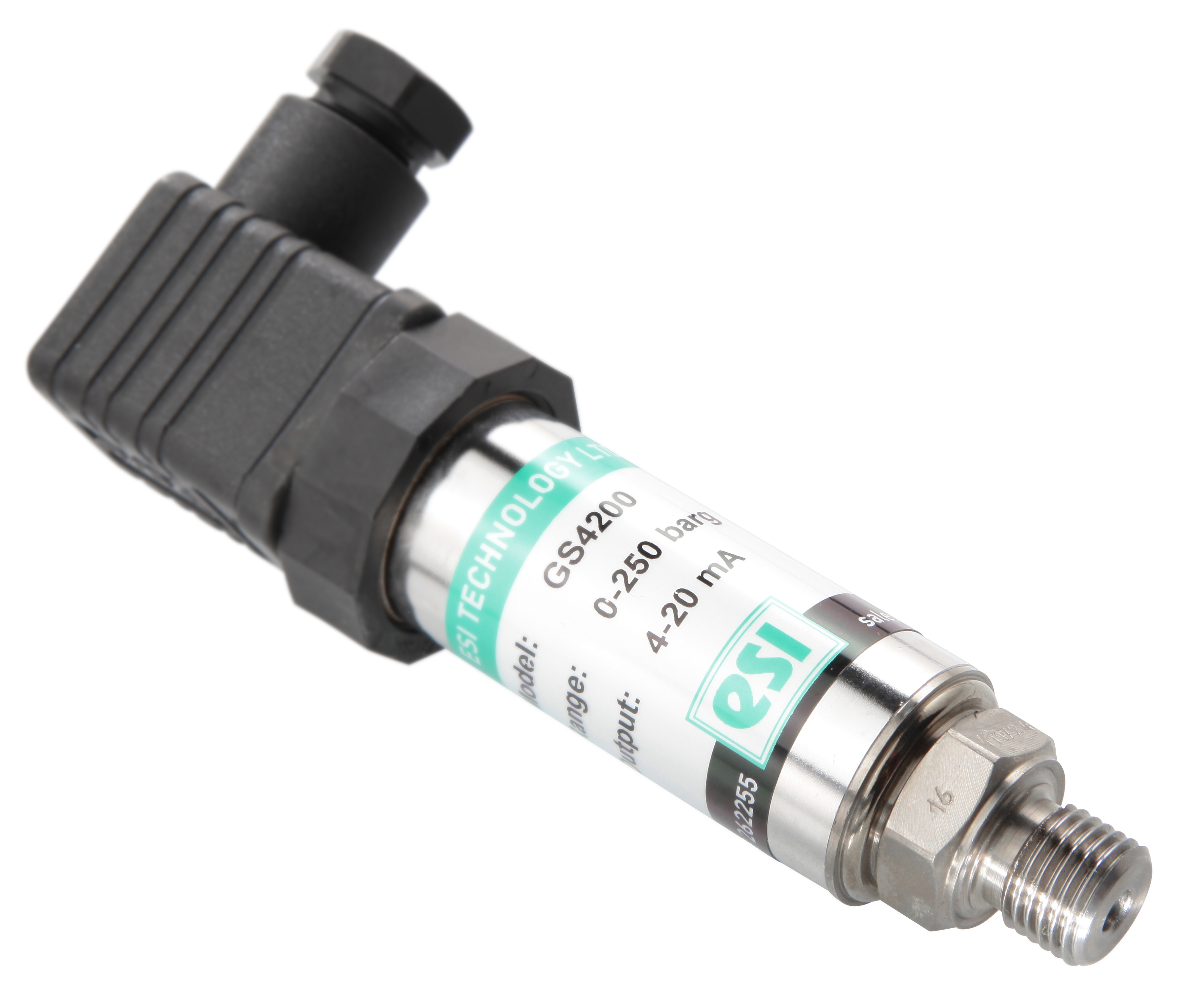
ADM carries stock of the ESI GS4200 pressure transducers in Australia. DNV-GL certification can be supplied with these devices as an optional extra.
PR3110EX For Low Pressure Marine Applications
The ESI PR3110EX series pressure transducers can measure pressures as low as 100mbar. They are suitable for marine or seawater applications and are available with DNV-GL certification. The PR3110EX series are also available as absolute pressure sensors with measurement ranges from 500mbar up to 900mbar.
HP1000 For High pressure Marine Applications
For the measurement of pressures up to 5000bar, the ESI HP1000 series can be used on marine vessels or offshore rigs where DNV-GL approval is required. Typical applications are hydraulics and oil or gas monitoring.
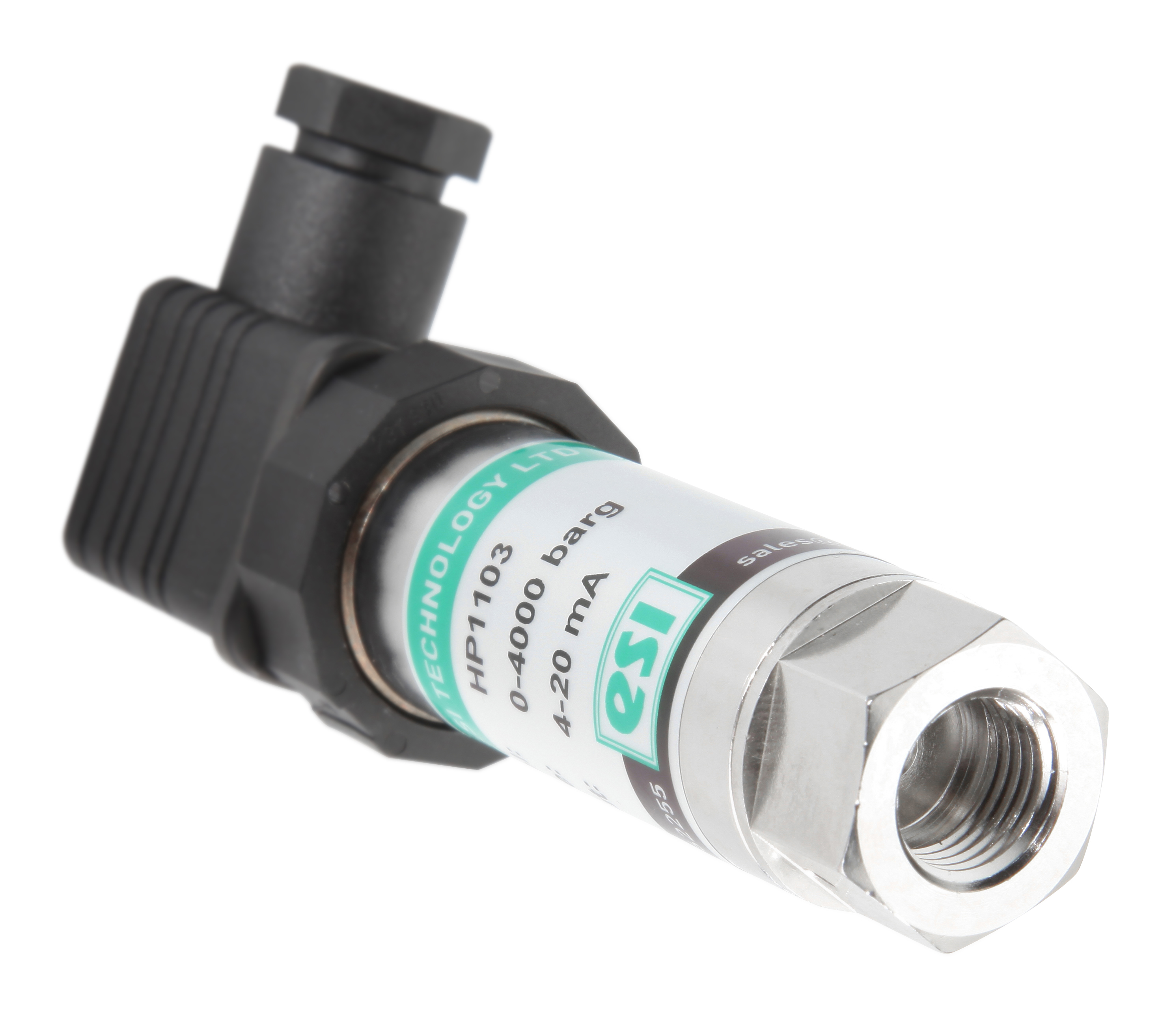
PR3441 Hydrostatic Level Pressure Sensor
Designed for the accurate measurement of depth of liquids. The ESI PR3441 series can be used to monitor the depth of seawater or brackish water in boreholes, reservoirs, and holding tanks. Measuring ranges are available from 1m Water Gauge, up to 500mWG.
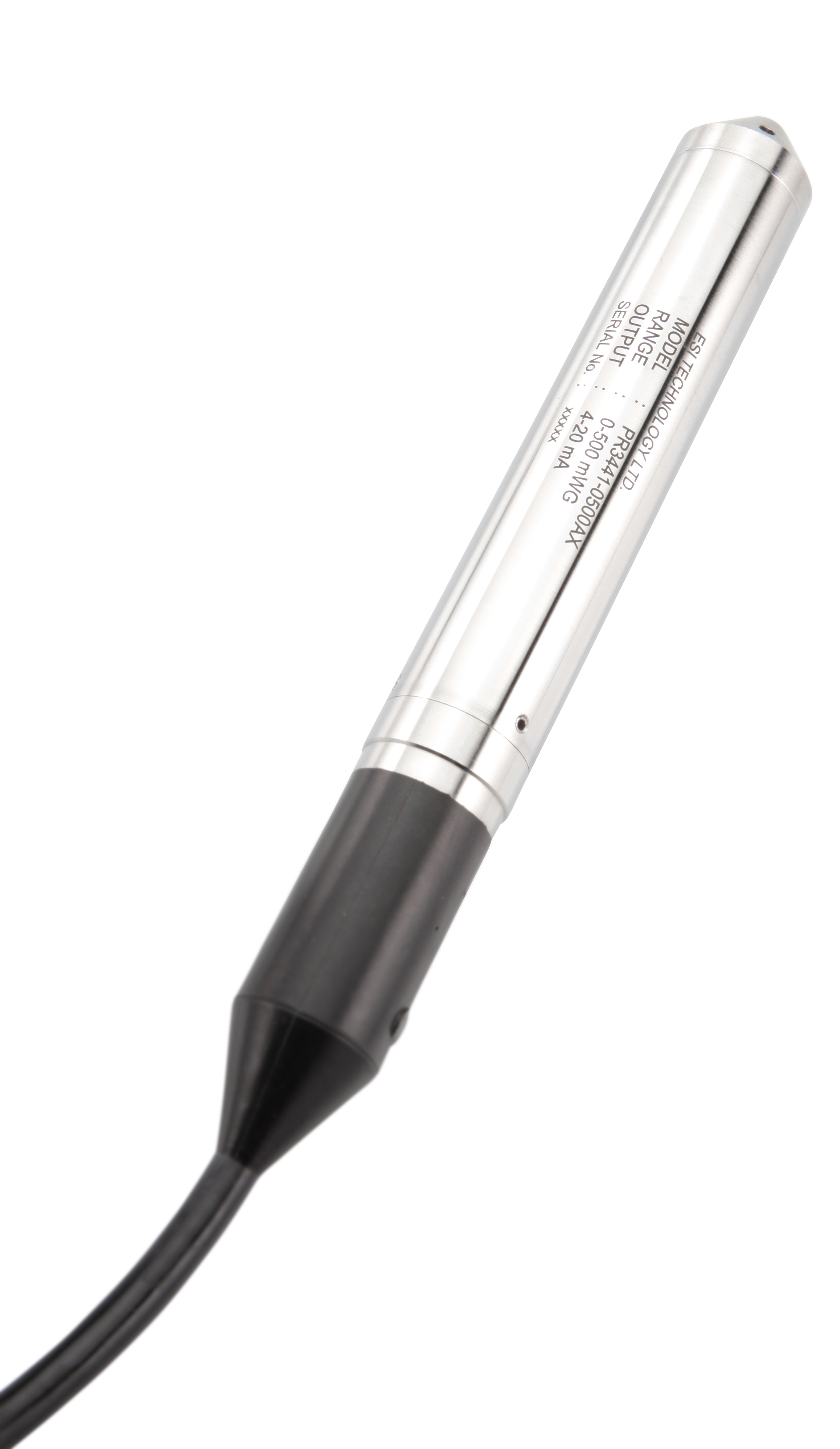
The DNV-GL certificate for all these devices can be downloaded by clicking on the following link:
![]() DNV-GL Certificate for ESI Pressure Transmitters
DNV-GL Certificate for ESI Pressure Transmitters
Applications for Marine Pressure Transmitters
Ballast Water Treatment
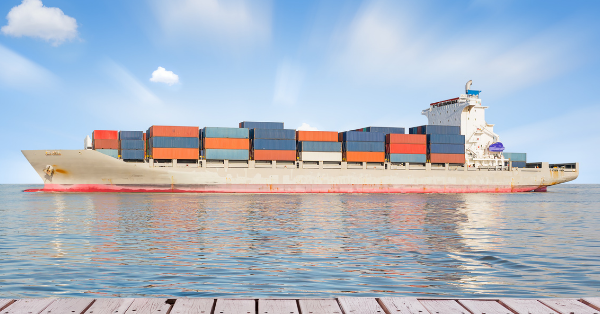
Ballast water is taken on-board by ships to aid stability. The water can contain thousands of aquatic microbes, plants and animals which could be subsequently transported across the globe during voyages, and released into new environments at the ships destination, causing potential harm and contamination to species and organisms.
In 2019 the International Maritime Organization (IMO) brought into force regulations for ballast water management (BWM).
The BWM Convention requires the proper control and management of ships' ballast water to ensure the correct treatment and procedures are followed to minimise pollution and avoid any introduction of harmful aquatic organisms and pathogens to new eco-systems. This procedure includes filtration and electro-chlorination of seawater before it is released back into the ocean.
Thorough monitoring and control is essential, and ESI have provided pressure monitoring solutions to major manufacturers of ballast water treatment and filter systems.
Exhaust Scrubbers on Marine Vessels
Exhaust gas cleaning systems are devices installed onboard marine vessels that "scrub" harmful sulfur oxides from exhaust gases. Hence the name Scrubbers.
In 2020 the IMO brought into practice a global sulfur cap, effectively mandating a maximum emissions level for marine vehicles.
Scrubbers allow vessels to consume high-sulfur fuel oil (HSFO) whilst still complying with the sulfur cap. As high-sulfur fuel is considerably cheaper than low-sulfur fuel, the use of scrubbers also allows vessels to operate at a much more cost effective level.
ESI were approached by a large industrial filter manufacturer specialising in water filtration for a technical solution that met the following requirements:
- Pressure ranges from -1 to 10 bar for process pressurisation
- Pressure ranges from 0 to 5 bar for level measurement in feed tank
- Materials resistant to seawater and chemicals used in scrubbing process
The ESI GS4200 that we have already mentioned was selected for this application as it met all of these requirements, and offered a high level reliability.
Further Information
Please contact ADM Instrument Engineering, if you would like to discuss your marine or seawater pressure or level measurement requirements.
IS THIS INFORMATION USEFUL?
If so, why not share it with your peers and colleagues. Simply click on the blue LinkedIn share icon below.

